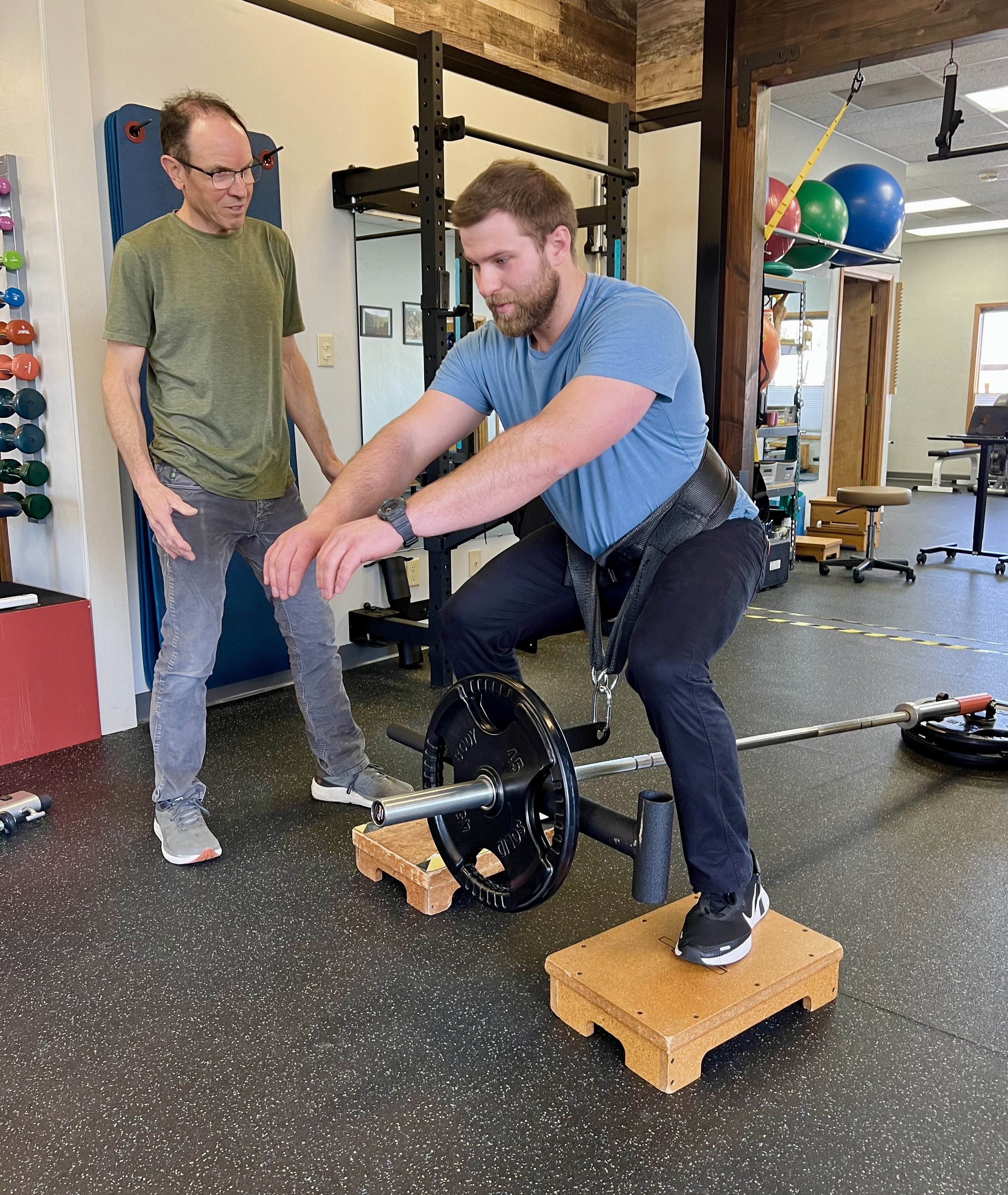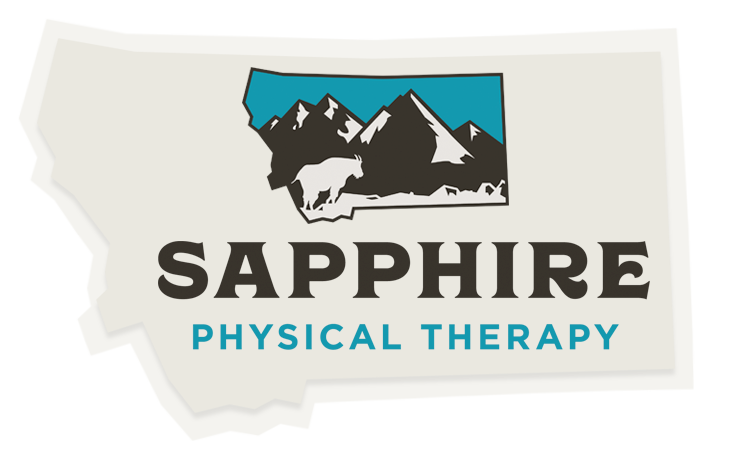
Understanding and Treating Plantar Fasciitis Pain
The human foot is an engineering marvel. It is easy to take the foot for granted until foot pain occurs. The human foot is comprised of 28 bones and their associated ligaments, tendons, and muscles. While human feet have evolved to support upright walking (bipedal gait), they may object to the repetitive impact of running if foot and ankle strength, mobility, and training progression recommendations are not followed. Plantar fasciopathy is a prevalent running injury as most of us increase our running mileage too quickly in the spring and summer.
This article will focus on the plantar fascia which plays a large role in the Windlass Mechanism which improves intrinsic foot support and contributes to our ability to run and hike efficiently.

Youth and Movement: Why it matters to us, and why it matters to you, too
Physical activity is continually shown to have positive effects on many different facets of our health. These effects include but aren’t limited to stronger bones, healthier hearts and even increases in self-esteem.
Frederick Douglass is credited with the poignant line “It is easier to build strong children than fix broken men”, which fits right in with why this article was written in the first place. Getting kids to move and play early and often in their lifetime leads to healthier habits as they develop into adults and later into their lifetime.

Forefoot Pain in Running Athletes: Plantar Plate Injuries
Has pain in the ball of your foot or toe stopped you in your tracks?
Forefoot pain is a common injury familiar to many running athletes. A sudden increase in running mileage, wearing shoes with poor support or cleats, or frequent hill running on rocky terrain are common causes of forefoot pain. Differentiating between possible forefoot injury diagnoses is crucial. Pain in the metatarsal heads is a common overuse injury, but a plantar plate injury often results in long-term pain and limitation if not treated correctly. Understanding signs of a plantar plate injury and seeking effective treatment early will result in a successful return to running.

What is Postural Orthostatic Tachycardia Syndrome?
POTS stands for Postural Orthostatic Tachycardia Syndrome. A diagnosis that lives under the umbrella of a system malfunction called dysautonomia. Meaning a poorly functioning autonomic nervous system. Among several important functions, this system helps your blood vessels constrict when you change body positions i.e., sitting to standing. When people with POTS have a postural change, they do not have normal vasoconstriction, creating an orthostatic response with blood not adequately returning to the heart. The result is a rapid heart rate to move blood volume—tachycardia.

The Back Squat
Squatting is a safe, functional movement with loads of benefits to our muscles, ligaments, cartilage, and bones. It is required throughout the lifespan whether we are exercising, rising from a chair or toilet, picking up objects, and more.

Cold Weather Running
It’s an annual event: as leaves and snow begin to fall, so too do runners doing their best to stay active during the colder months. Aside from slipping, colder muscles are also more likely to be injured. To stay safe and reduce your risk of injury, consider investing in gear, taking time to warm-up, and adjusting your running technique.

Sapphire Physical Therapy Provides High Speed 2D Video Running Analysis
Injuries impact nearly 80% of all runners (Br J Sports Med 2007). While some runners rarely miss a training run or race due to injury, most experience a variety of injuries and/or recurrent injuries. The keys to effectively treating and preventing running injuries include adequate recovery, adequate rest and nutrition, strength training, and determining the cause of injury rather than treating the symptoms alone. Fall and winter are great seasons to evaluate your training, establish new goals, and address recurrent or nagging injuries through strength training.

Why Muscle Strength and Power are Important for Fall Prevention
According to the CDC, one out of every four older individuals (those 65 years or above) experience a fall each year. Also, those who have sustained a fall once are twice as likely to fall again. When having a discussion about falling it is important to note that a fall does not necessarily mean ‘falling to the ground’. A fall can be any unexpected change in body position that results in unplanned contact with the ground or lower surface (1). This could be as simple as a stumble that results in someone catching themselves against a wall or countertop. Over time, this unsteadiness on our feet can result in more severe falls and ultimately, injuries that could potentially be fatal. And while the effects and costs of falls is well documented, the causes remain a bit more unclear.

How jumping rope can improve your 3km time...and more!
A study performed by Gracia-Pinillos et al. examined the impact of replacing a traditional warm-up with jumping rope prior to running on 3km trial times, jump performance, arch stiffness, and reactive strength index in amateur runners. This study had 96 participants split into two groups, a jump rope warm-up group or a control ‘usual’ warm-up group, over a 10-week period. The results of the study showed that those participants who were in the jump roping group had significant improvements in all the measures listed above. So, how much jumping rope does it take to achieve these types of results?

Improving Bone Health
Have you been diagnosed with osteoporosis or are you worried about the bone health of your child or adolescent? Calcium and vitamin D are common methods of promoting good bone health, but there are many other ways to promote strong bones throughout life. Early on in life, we can participate in a wide variety of activities that stimulate bones to increase in size, which protects against fractures in the long term.
